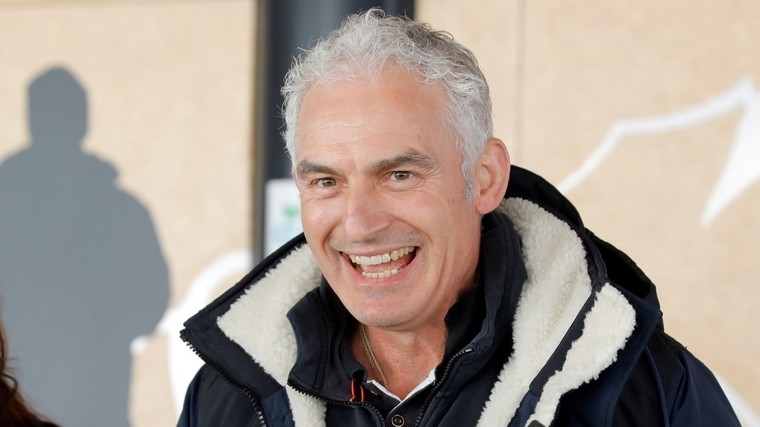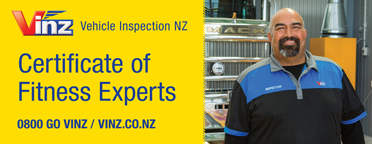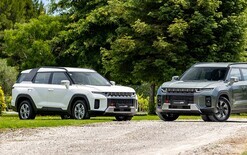State’s EV plan falters

The government looks set to fall short of its goal to decarbonise the state fleet by 2025 as a shortage of available electric vehicles (EVs) in New Zealand stifles its ambitions.
In December 2020, government agencies were told to “optimise their car fleet” and purchase EVs or hybrids where possible to help make the public sector 100 per cent carbon neutral by the middle of the decade.
However, it has now been revealed EVs look set to only make up about 25 per cent of the state fleet by the end of the 2025/26 financial year.
Stuart Nash, Minister for Economic Development, says the government plans to speed up its transition but a “lack of fit-for-purpose EVs on the market is a barrier for some agencies”.
There were nearly 16,000 vehicles in the government’s fleet at the time of the 2020 announcement.
Through written parliamentary questions, and data analysis by the National Party, Newstalk ZB reports more than 3000 vehicles purchased since then have either been petrol, diesel, or petrol hybrid cars.
Figures show government departments have bought 1642 petrol hybrids, as well as 992 petrol and 375 diesel cars. That’s in contrast to 729 battery electric (BEV) and 143 plug-in hybrid electric vehicle (PHEV) vehicles.
“As a response to a strained global supply of EVs, some agencies are taking the approach of purchasing petrol hybrids until there are EV options available,” explains Nash, pictured.
“The fleet transition plans note that the petrol hybrids will be replaced by EVs in the next two to three years when there is an anticipated greater supply.”
Simeon Brown, transport spokesman for the National Party, backs the push to clean up the state fleet but says better planning was required as the government “would have known about supply constraints”.
“They’ve given zero thought to the practicalities required to transition, and what the right period of time should be for that.”





